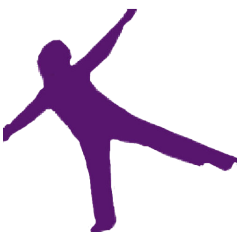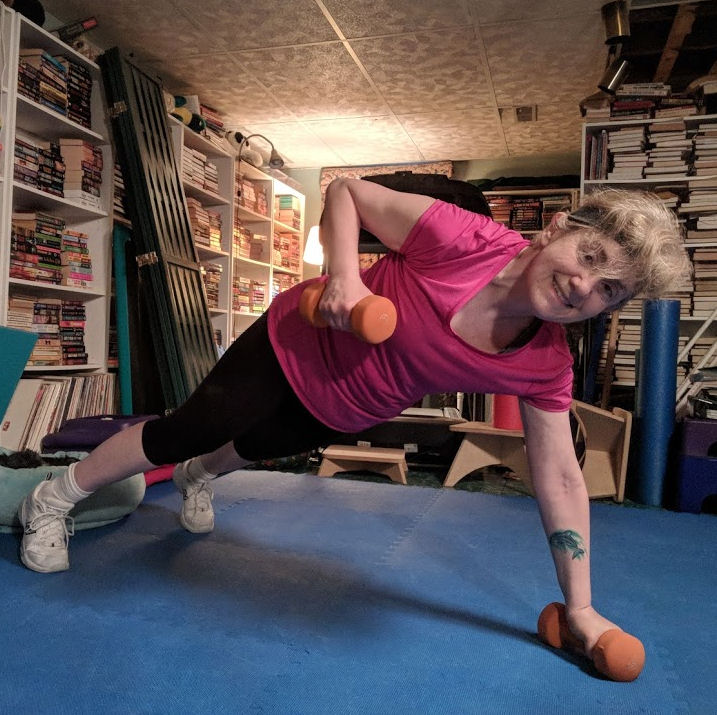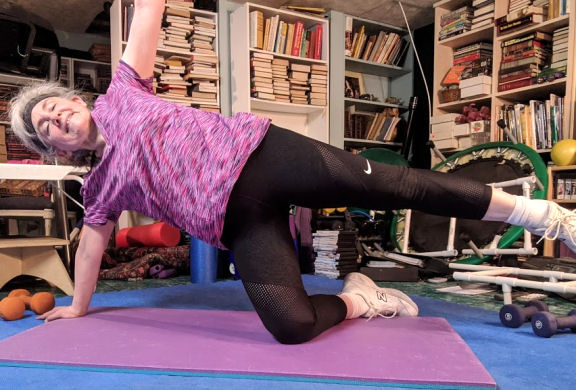We’ve passed Thanksgiving. That means the holiday craziness is in full swing now. There seem to be two kinds of personalities prevalent around the holiday season: Cheerful or snarling. It’s easy to get frazzled. To let your nerves and anxiety get the best of us. But it’s important to manage stress especially for our healthy aging. We feel calmer and more able to tackle future problems, plus our immune system can even be stronger when we experience less stress. Here are some easy tips to turn your snarls into grins. Your 3 ways to de-stress this holiday season:
Plan for the tough stuff
Don’t have your shopping done yet? List all the people who you have to buy gifts for. Have an idea of what you’ll get them and plan your shopping trip(s) accordingly. And don’t forget the wrapping paper or gift bags. Now schedule your shopping runs and wrapping parties. If you’re cooking, plan your menus and shopping for that too. Chef Alex Guarnaschelli recently shared her timeline for prepping for Thanksgiving. Take a lesson from Chef Alex! Plan for the tough stuff.
Have a plan to de-stress
Inevitably, some things will get to you. Your annoying student went one step too far. Or your mom poked her nose into your family’s business one time too many. So, have a plan to distract yourself from the stress when you’re feeling the tension. Play a short game of Fishdom on your phone. Take a bath. Go for a walk. Exercise. Dance to your favorite tune. It won’t take long. 5 to 10 minutes should be enough time to feel calmer.
Recognize things you’re grateful for
The Thanksgiving holiday may be in the rear view mirror, but being thankful should be an everyday occurrence. You may be frustrated with some things in your life. And you may feel something akin to desperation about others. But there will always be things you’re grateful for. Remind yourself of them. Yes, some days it’s harder than others to see the bright spots. But they’re there if you open your eyes. Feeling gratitude in your life leads to optimism and hope.
The American Heart Association has identified these and other activities to manage stress. But these easy 3 will get you started.
3 tips to glide through the holiday season. There will still be stress – no getting around it. But you’ll be prepared and ready to meet it head on.




